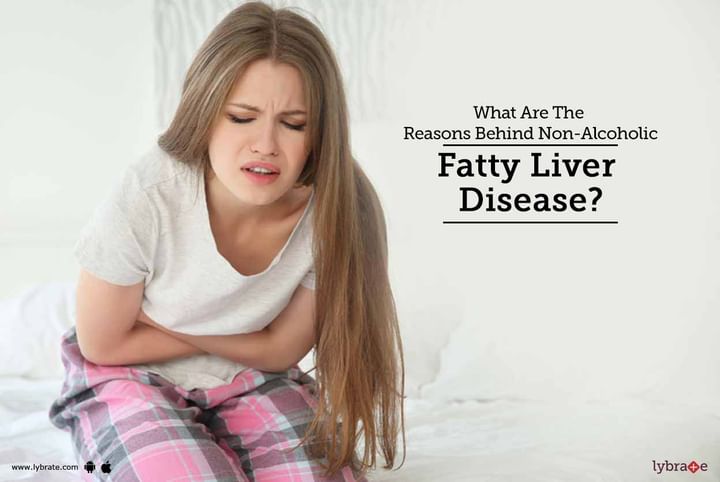What Are The Reasons Behind Non-Alcoholic Fatty Liver Disease?
Just like the name suggests, Non-Alcoholic Fatty Liver Disease (NAFLD) is a set of diseases that can affect the liver due to excess accumulation of fat. One common disease that arises from this condition is known as nonalcoholic steatohepatitis. This can lead to cirrhosis as well. NAFLD is very common in the Western Countries affecting close to 100 million people annually. Although it can occur in any age group, the most affected age group being the one between 40-50 million. With this condition, the risk of getting other diseases such as cardiovascular problems and type 2 diabetes increases considerably.
Symptoms:
Non-alcoholic fatty liver shows symptoms such as fatigue, enlarged liver, and pain, discomfort in the upper abdomen. Some other symptoms that have been witnessed in patients suffering from NAFLD include the development of breasts in men, swelling of the abdomen, red palms, jaundice, swelling of the blood vessels etc.
Causes:
Experts have not been able to identify the exact causes of NAFLD. However, it is pretty evident that this condition only arises when the liver fails to produce bile which is responsible for digesting the fat cells. The fat in turn deposits in the liver cells resulting in NAFLD. Some of the possible causes include the following:
- The resistance of insulin
- Type 2 diabetes
- High level of triglyceride in the blood
- Obesity
Risk Factors:
There is a wide array of risk factors that can pose a threat of NAFLD. Some of them include metabolic syndrome, high cholesterol, hypothyroidism, type 2 diabetes, hypopituitarism, obesity, polycystic ovary syndrome etc.
Complications:
The major complications of NAFLD is liver cirrhosis. This is a condition that results in scarring of the liver cells resulting in fibrosis. Some other complications include fluid accumulation in the liver, liver cancer, swelling of the vein etc.
Diet:
A mediterranean diet is a perfect diet suited for patients suffering from NAFLD. It includes nuts, fish, vegetables, grains, fruits and olive oil. Fat should be eliminated from the diet by a significant bit. It is important to add the right kind of fat in the diet. Omega-3 fatty acid available in flaxseed oil, leafy vegetables, and nuts fits the bill. Studies have shown that vitamin D and E helps a great deal in fighting liver diseases. Some other food items that should be included in the diet are green-tea, red grapes, brazil nuts, raw garlic, wolfberry etc.
Treatment:
Once the disease is diagnosed, a doctor’s first endeavour is to ensure that the patient loses weight through a combination of diet and exercise. Vaccination against hepatitis A and B is the next step that a doctor would ideally suggest. For patients who are suffering from cirrhosis, a liver transplant is the only viable option to increase mortality.



+1.svg)
